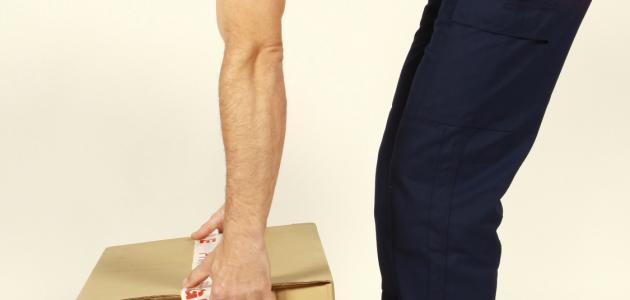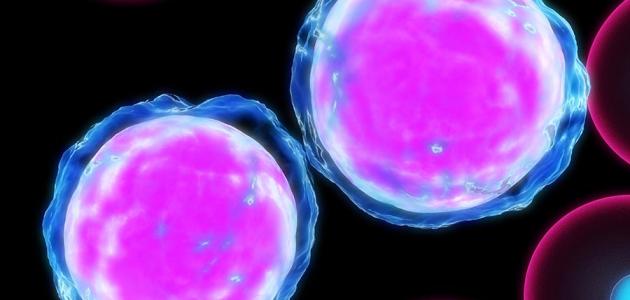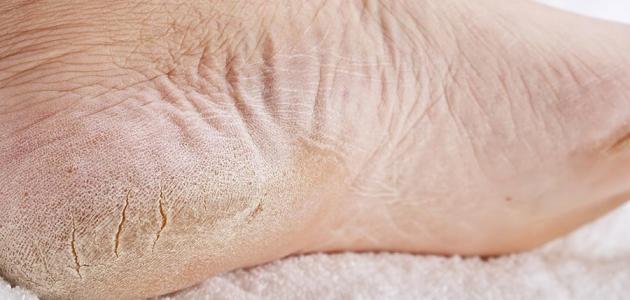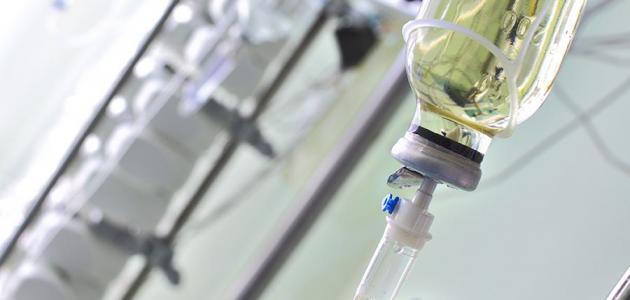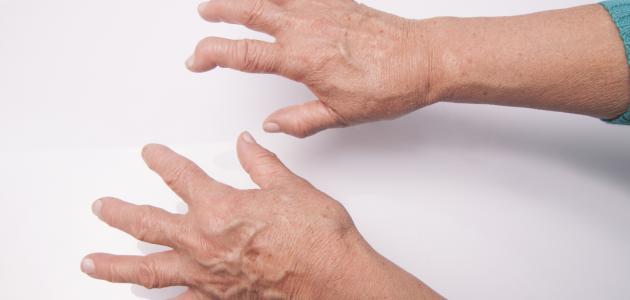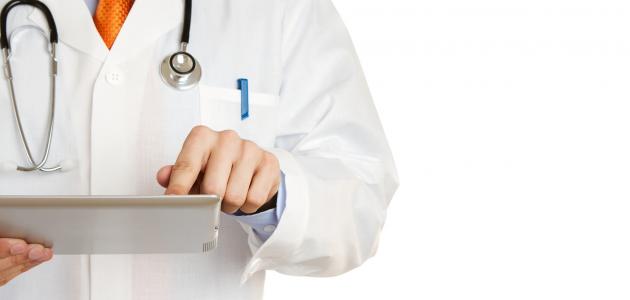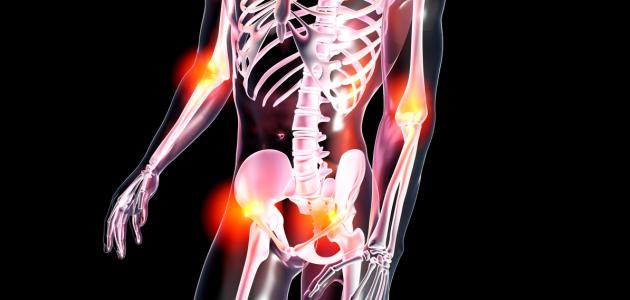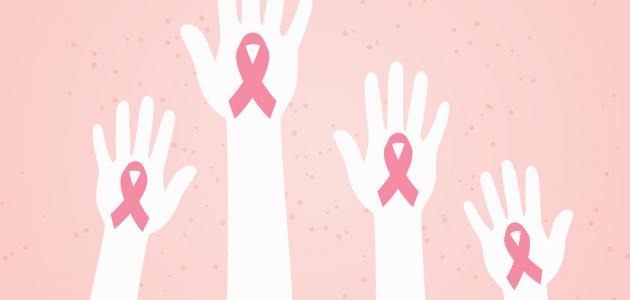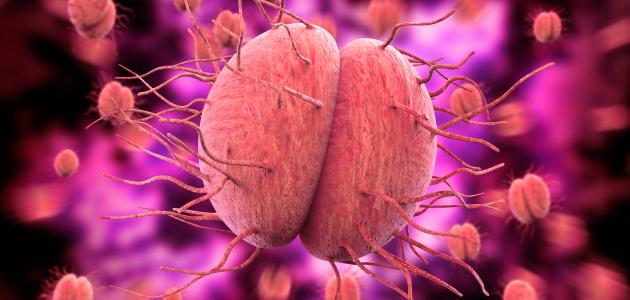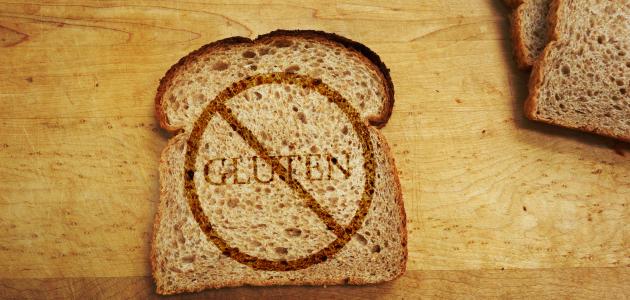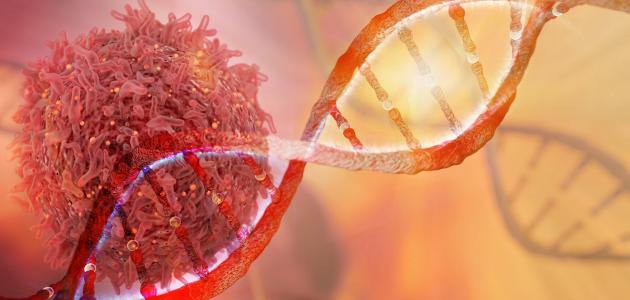Contents
Hernia
Happens hernia when the emergence of a member, or fatty tissue through a weak point in the adjacent muscles, or connective tissue , [1] It should be noted that the most common type of hernia is a hernia Almbgena, or inguinal , and the symptoms of a hernia appear in the form of a bulge, or swelling of the affected part, and the victim may feel them by touching while standing, bending over, or coughing, but if the patient is a baby; It can be felt when the child cries, and other symptoms of a hernia include: pain, a feeling of discomfort in the affected part, a feeling of weakness, or pressure, and heaviness in the abdomen, in addition to the feeling of burning. [2]
Hernia components
Hernia consists of three parts: [3]
- Cyst: The cyst is divided into several parts, namely: the mouth, the neck, and the body, which varies in size from one hernia to another, and it is not necessarily full.
- Cyst Cover: The cyst cover forms from the wall of the part from which the hernia emerged.
- The components of the cyst: as there are many components of the cyst to include any of the following:
- The omentum : It is a two-layer part of fat that envelops the organs in the abdominal cavity. [4]
- Part of the intestine, or its perimeter.
- Ovary without fallopian tube.
- Part of the bladder.
- Liquid.
Types of hernia
Among the common types of hernia are the following: [1] [2]
- Inguinal hernia: it accounts for approximately 70% of hernia cases. It occurs when part of the intestine or the bladder pushes through a weak part in the lower abdomen, usually through the inguinal canal, which is located in the inner part of the thigh, and it is more common in men.
- Veil hernia barrier: occurs hiatal hernia when the emergence of part of the stomach through the diaphragm in the thoracic cavity, and is more common in people over the age of fifty years, and type children also happen; Because of a birth defect.
- Umbilical hernia: The umbilical hernia (Umbilical hernia) occurs at the prominence of the intestine located in the part near the umbilicus, and it is possible that this hernia occurs in children and infants under the age of 6 months, and it is the only type of hernia that goes away on its own ; The child's abdominal muscles are strengthened when he reaches the age of one year.
- Hernia surgery: hernia surgery after submission to the process in the abdomen; The intestine may defecate from the site of the operation wound, or around it, and it is more common in the elderly, and in people who suffer from excess weight , and are physically inactive after the operation.
- Femoral hernia: A femoral hernia (Femoral hernia) occurs when the femoral artery moves towards the upper thigh. Due to the intestine entering the inguinal canal, it is more common in women, especially pregnant women, or those who are obese.
Causes of hernia
Most cases of hernia occur without a clear cause, except for incisional hernias. In fact, the risk of hernia increases with age, and among the factors that burden the body, and cause the hernia to occur, are the following: [5]
- Spending a long time during excretion Because of constipation, for example.
- A persistent cough.
- Cystic fibrosis .
- An enlarged prostate.
- Spending a long time urinating.
- Heavy lifting.
- Being overweight or obese.
- Peritoneal dialysis.
- Smoking .
- Malnutrition.
- Physical stress.
- Undescended testicle.
Hernia treatment and prevention
It is advisable to speak with a doctor when you have a persistent cough or sneeze. To avoid hernia, is also useful to stop smoking in the prevention of it, and is recommended as well as eating vegetables, fruits, whole grains, and maintaining a healthy weight, in addition to attention during the exercise of any physical activity, for example , when carrying heavy things, you must bend the knees, not the waist, [ 6] In fact, the treatment of hernia depends on a change in lifestyle, taking medications, in addition to surgical intervention, and it should be noted here that a change in diet and exercise, may only be useful in relieving the symptoms of the hernia, not completely curing it, and this includes Avoid spicy food and food containing tomatoes, and be careful not to lie down after eating, and it is worth noting that you should consult a doctor. To know which exercises help strengthen the muscles around the hernia; In order to avoid some performanceExercises that increase pressure on the hernia, and thus increase its prominence, and for the drugs used in the treatment of hernia; In the case of a hiatal hernia, there are over-the-counter medicines that reduce stomach acidity, thus reducing the feeling of discomfort and improving symptoms, and these drugs include: antacids, and H-2 receptor blockers Proton pump inhibitors. [2]
If the inguinal hernia is small, and the umbilical hernia is small, the treatment is to wait, and monitor it from time to time, especially if the size of the hernia does not increase, but if the hernia is getting bigger, then the situation becomes surgery, but in the case of the umbilical hernia Children, the doctor may wait until the child reaches the age of five years; For treatment, it should be noted here that the ligament, or belt that is worn, does not improve the hernia, nor does it treat it, except that it can be worn when consulting a doctor after surgery, as the patient may feel comfortable, [6] [7]As for treatment using surgery, it is divided into two main types: open surgery and laparoscopic surgery. In open surgery, the hernia is closed using stitches, mesh, or both together, and the skin wound is then closed by several methods, as for surgery by laparoscopy; The hernia is closed in the same way, but the operation is done with the presence of a camera and a light installed inside a tube that is inserted through a small incision, and the complications of this process, such as exposure to infection, are less compared to open surgery, but it is more expensive. [5]
Hernia emergency cases
Sometimes a node of the intestine may become trapped inside the hernia, preventing the passage of waste products out of the body, and this may also prevent blood from reaching the intestine. Therefore, an emergency visit must be made immediately, if the following symptoms appear: [6]
- Hernias appear red, purple, or black.
- Inability to pass wind or pass
- Have a fever.
- Rapidly increasing pain.
- Vomiting or stomach upset.
References
- ^ A b "Understanding Hernia - The Basics" , the www.webmd.com , 22-7-2017, Retrieved 15-9-2018. Edited.
- ^ A b t of Carmella Wint, Valencia 's Higuera (3-8-2017), "Hernia" , Www.healthline.com , Retrieved 15-9-2018. Edited.
- ↑ S. Floret, HERNIA , Page 15-21. Edited.
- ↑ Steven Vasilev (11-6-2018), “Omentum and Metastatic Ovarian Cancer” , www.verywellhealth.com , Retrieved 4-11-2018. Edited.
- ^ A b by Andrew Gonzalez (13-11-2017), "Types And Treatments For Hernia" , www.medicalnewstoday.com The , Retrieved 15-9-2018. Edited.
- ^ A b v "Guide , To Hernias" , the www.webmd.com , 3-6-2017, Retrieved 15-9-2018. Edited.
- ↑ Benjamin Wedro (17-7-2018), "Hernia (Abdominal Hernia)" , www.medicinenet.com , Retrieved 15-9-2018. Edited.
